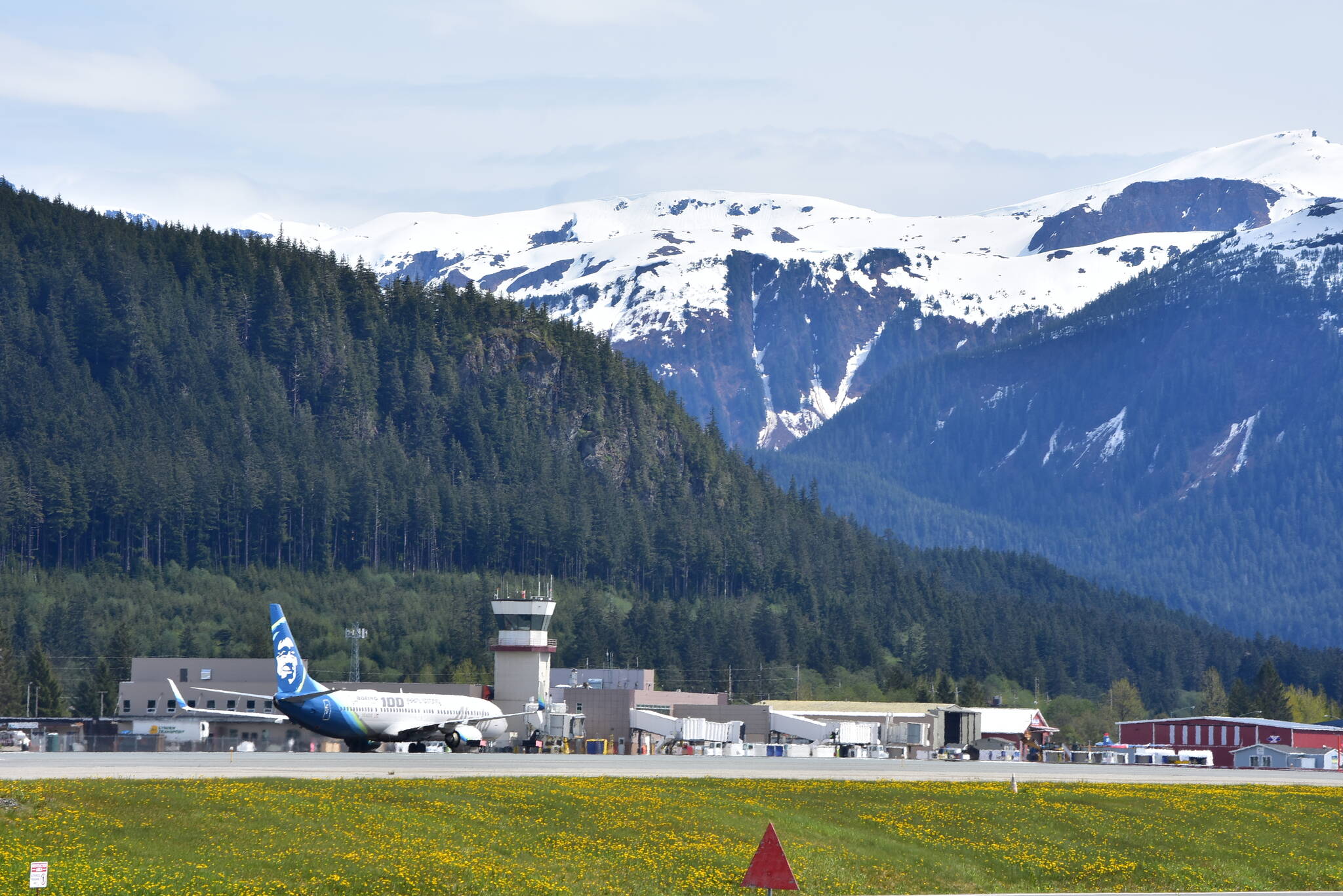Federal Aviation Administration officials, Alaska’s congressional delegation and aviation stakeholders announced recommendations to improve flight safety in the high-risk aviation environment of Alaska.
The FAA Alaska Aviation Safety Initiative comes after a year-long examination of safety issues, according to an FAA news release.
“We teamed up with the aviation community for this comprehensive blueprint for future safety,” said FAA administrator Steve Dickson. “Now that we have recommendations in hand we’re developing a roadmap to develop them.”
According to the FAA, Alaska has a rate of enplanements nearly three times higher than states in the Lower 48. More than 80% of Alaska’s communities are accessible by air, according to the news release. There have been several high-profile fatal plane wrecks in recent years, including multiple wrecks in Southeast Alaska.
There are five primary recommendations in the FAA’s plan, including technology upgrades for automated weather stations, improved data on Alaska’s rugged mountain passes. The FAA also recommends adapting existing programs to support better safety, and expanding some aviation services to areas that don’t currently have the capability.
“Safety is not something you can write on paper,” said Rep. Don Young, R-Alaska, during the news conference. “The ability to fly, to move, to upgrade our airports: it’ll make it safer to fly.”
Dickson also thanked the other members of Alaska’s congressional delegation for their continued support of improvements to aviation safety. The recommendations are focused on where the FAA and partner organizations can do the most good now for safety with existing assets rather than looking for further-out solutions, the news release said.
“For too long Alaska has led the country in the rate of aviation accidents, and sadly, aviation fatalities,” said Sen. Lisa Murkowski, R-Alaska, in a recorded video during the conference. “As (the National Transportation Safety Board) pointed out at the round table, many of these accidents could have been prevented.”
The recommendations came out of an FAA summit in 2020. The FAA hosted 12 virtual meetings over 2021 reaching out to industry personnel such as airlines and organizations like the Alaska Air Carriers Association, state and airport officials, and pilots, among other stakeholders, to develop the best possible recommendations, according to the news release.
“When I heard Administrator Dickson, I was pretty excited, I was intrigued,” said Howard Martin, Alaska region general counsel for the FAA, who played a role in the recommendations. “This is a new thing. This is not something the FAA has done before. We kind of had to learn as we went.”
A number of industry personnel also spoke during the panel as part of the announcement, voicing support for the initiative.
“Alaska has challenges. We have environmental challenges,” said Lee Ryan, president of Ryan Air. “Climate change is real. It’s difficult to operate infrastructure.”
Now, the FAA intends to have a roadmap drafted in the next six months, continuing any initiatives that have already begun and starting to incorporate new initiatives by next summer.
“We want to make sure safety is in the hearts and minds and daily work of aviation support providers,” said Jodi Gould, Alaska International Airport System planning manager. “Our clients depend on us to return them home safe.”
Contact reporter Michael S. Lockett at 757-621-1197 or mlockett@juneauempire.com.


